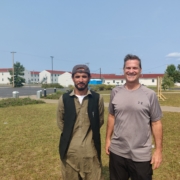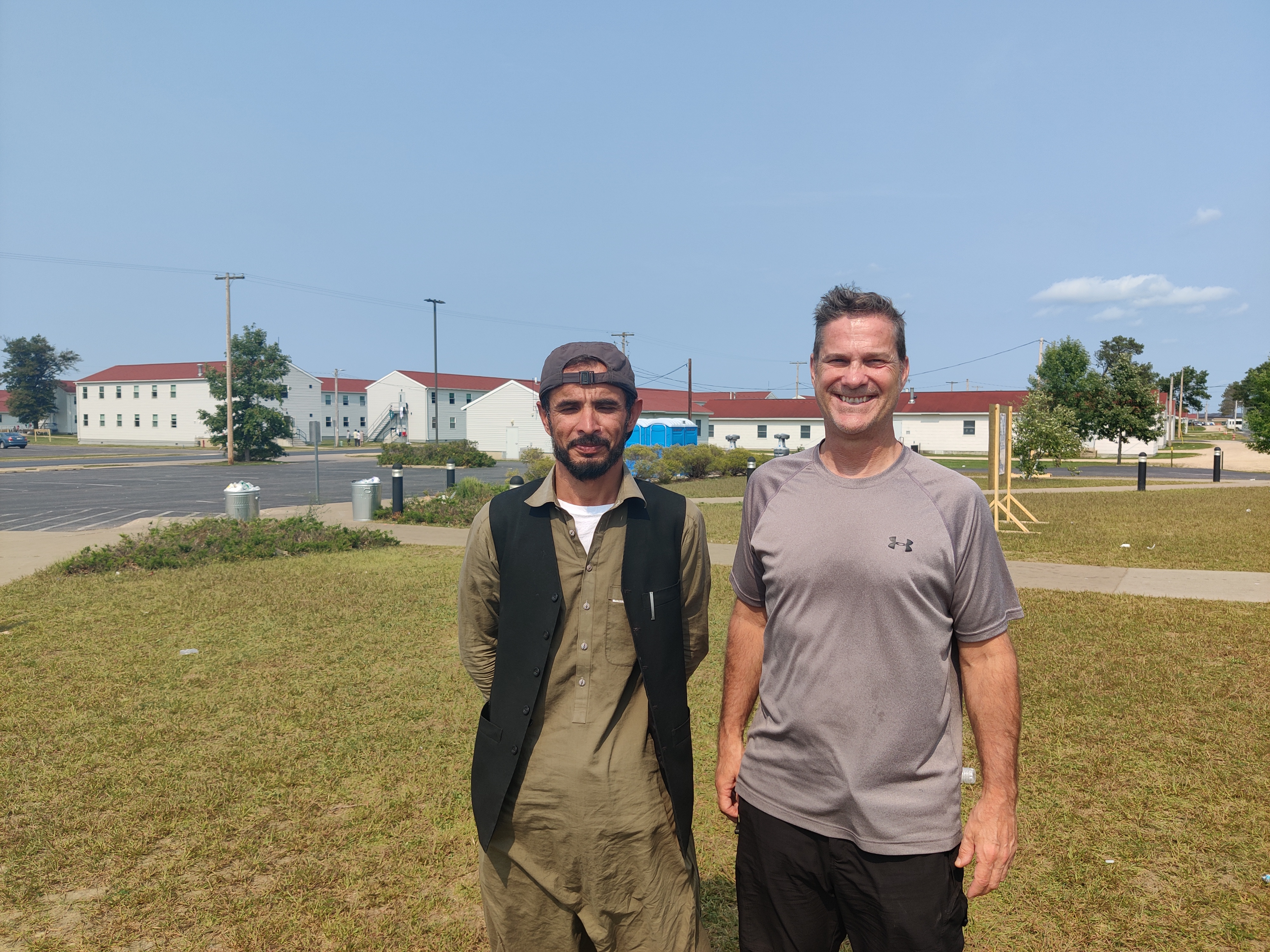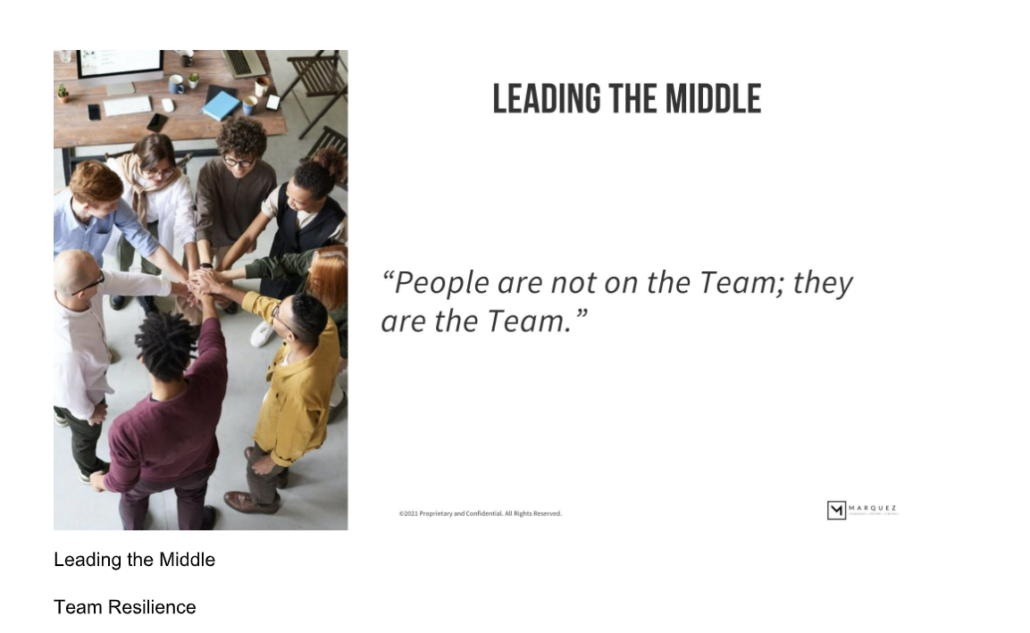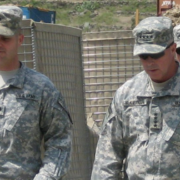Today is the day! I’m so excited that the 2nd edition of Leadership: The Warrior’s Art gets released today.

Today is the day! I’m so excited that the 2nd edition of Leadership: The Warrior’s Art gets released today.
The legendary Lt. Gen Hal Moore (We Were Soldiers Once … and Young) called the first edition “the absolute best book on military leadership.” The second edition is even better.
I’ve added three new chapters and a Foreword by former Homeland Security Secretary Jeh Johnson. I’ve also updated the existing chapters, included top takeaways and action steps, and made other enhancements.
Here’s what people are saying:
“This powerful new edition provides practical tools for military leaders who want to prepare themselves and their troops for combat, build trust and respect in their teams, and adapt to a very different and complex post-9/11 world. As a combat-tested leader, military historian, and now CEO coach, Kolenda offers an unmatched set of insights on how to be a more effective leader. Truly invaluable.”
MICHÈLE A. FLOURNOY, West Exec CEO, former Under Secretary of Defense for Policy
“In battle and business, most battles are not won through brute force but leadership brilliance. Chris Kolenda combines military discipline and strategy with leadership ‘smarts’ in a pragmatic, fascinating book that should be a must-read for any present or aspiring leader.”
Alan Weiss, Ph.D., author of Fearless Leadership and over sixty other books in fifteen languages
An invaluable, exceptional source of illuminating insights on military leadership. The first edition was widely used and highly regarded by combat leaders in Iraq and Afghanistan; the second edition will be an equally valuable resource for leaders seeking to meet the challenges of the post-9/11 world.
General David Petraeus, former Commander of US Central Command and Coalition Forces in Afghanistan, and former Director of the CIA
As an OIF female combat veteran, I wish the last three chapters existed and were mandatory reading before my 2003 deployment . . . these leadership lessons not only apply to the military but any leadership position.
Laura Colbert, leadership adviser, author of Sirens: How to Pee Standing Up
Comprehensive, readable, and insightful—a must-read for military leaders navigating the challenges of the post-9/11 era!
Gen. Joseph R. Dunford (USMC, Ret.)
Get your copy here.










